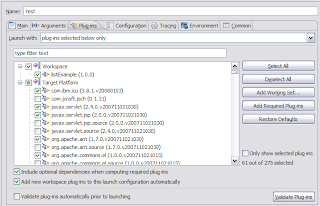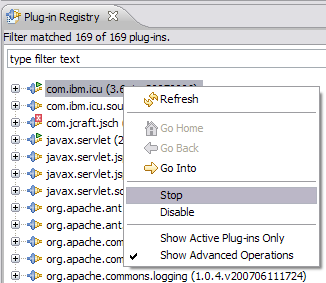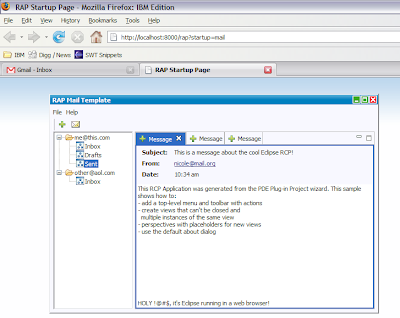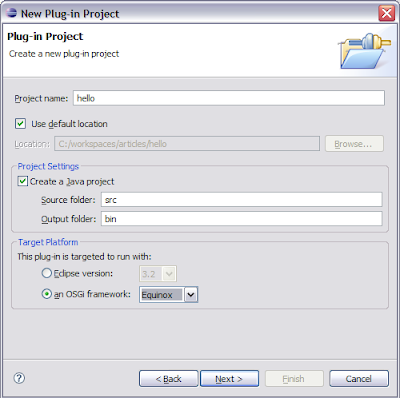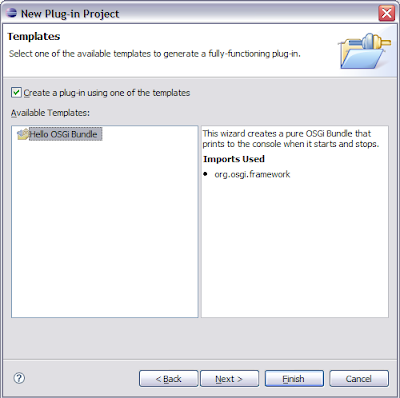There’s been a lot of hustle and bustle for the latest Eclipse I-build. The p2 guys are pushing hard to get things in and the API Tools camp is making their debut. From the PDE UI camp, I was on an icon conquest today with improving icons in the schema editor:
It’s funny that I agonize over things like icons when probably only a few people in the Eclipse community really care about pushing pixels. In the end, I lost my battle with overlays so another redesign of the schema editor icons will happen in the future to make them more overlay friendly:
I also had fun trying to come up with icons representing OSGi services but I’m going to save that rant for tomorrow.
Another item coming from PDE is a filterable launch configuration:
This is incredibly useful if you want to filter for a set of plug-ins and either enable or disable them. For example, say you wanted no org.apache* plug-ins in your launch config, simply filter for them and click ‘Deselect All’ (it’s filter-sensitive now). No more going through and checking things individually! Everyone can thank Ian Bull for his persistence in getting this enhancement in.
The other thing I’m looking forward to in the upcoming I-build is improved colored label support. Look for PDE to adopt this in things like the ‘Open Plug-in Artifact’ dialog and other places that make sense. If you’re interested in test driving this functionality, look for a class called StyledCellLabelProvider in the 3.4M6 release.
Oh, and JDT Core released some crazy changes to support external class folders. I plan on looking at this support in depth after my vacation to see if we can close an old outstanding issue in PDE.
That’s all that comes across my mind for now 🙂


